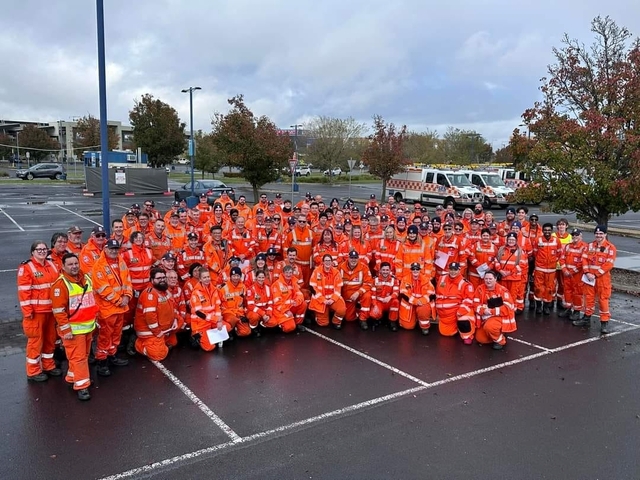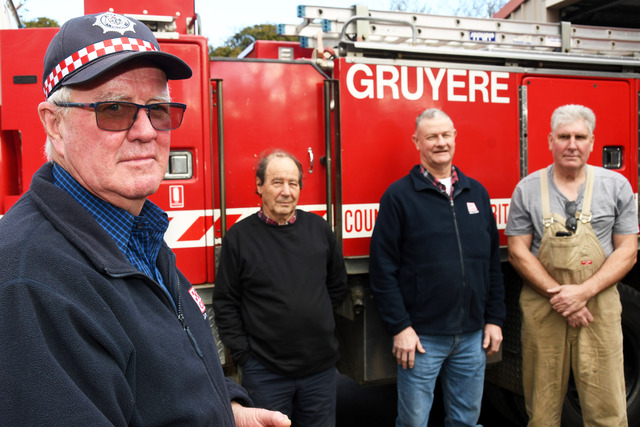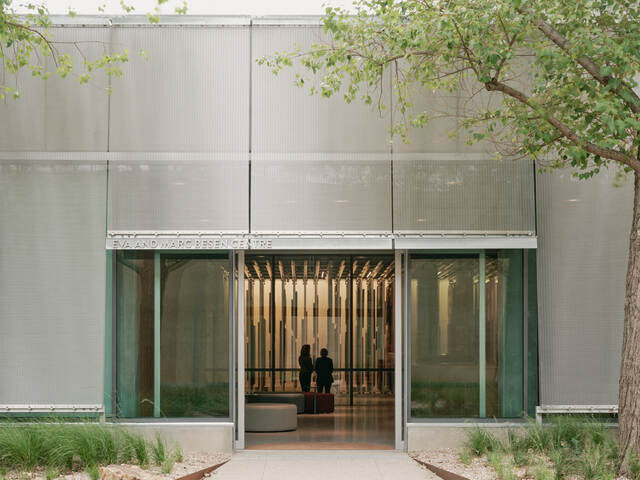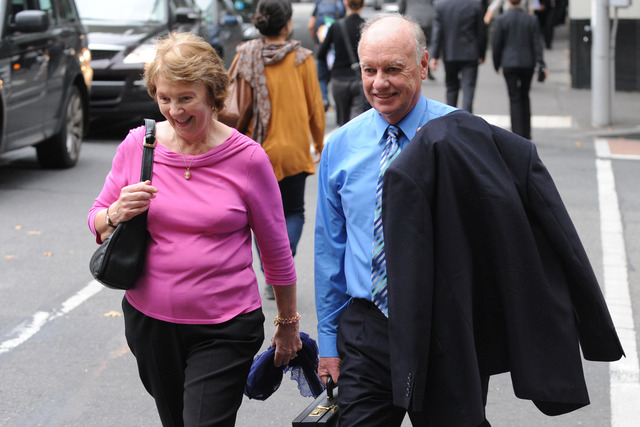Victoria State Emergency Service (VICSES) started a campaign to appeal to the Victorian Government to establish sustained funding.
The campaign marked its launch with a public awareness drive across Melbourne’s Bolte Bridge on Monday 20 May.
Almost 200 volunteers with 38 SES units participated in the rally along with 32 support vehicles, 18 trucks and two buses which were all acquired through fundraising efforts.
Healesville SES controller Karen Picone said the SES Healesville Unit is supportive of this campaign although the unit didn’t attend the rally due to the member availability.
“It is to promote all the SES does for the community, to raise awareness and to show that a lot of fundraising with a more sustainable system is required to function with better training and facilities,” she said.
“SES volunteers should not have to fundraise for equipment to assist the community in times of need, but the reality is that we have to.
“There is a fire levy but SES does not receive anything from this, SES believes that it would be better served as an emergency services levy.”
Despite the invaluable contributions of volunteers, VICSES faces significant funding shortfalls.
Currently, the organisation relies heavily on volunteer-led fundraising efforts, which are unsustainable in the long term to provide up-to-date equipment and comprehensive training.
The VICSES volunteer leadership group is urging the Victorian government to consider indexed and sustainable funding for VICSES to be able to continue to deliver critical emergency services across the state and reduce the burden on volunteers from the fundraising pressure so that they can focus on core operational tasks and training.
Ms Picone said Healesville SES needs both donations and new members.
“The community can also assist us with making their homes ready for wind events or storm events by cleaning gutters, tying down trampolines and putting away anything that could become airborne in a storm, not driving through flood waters, not parking under trees when there is a storm predicted.”







